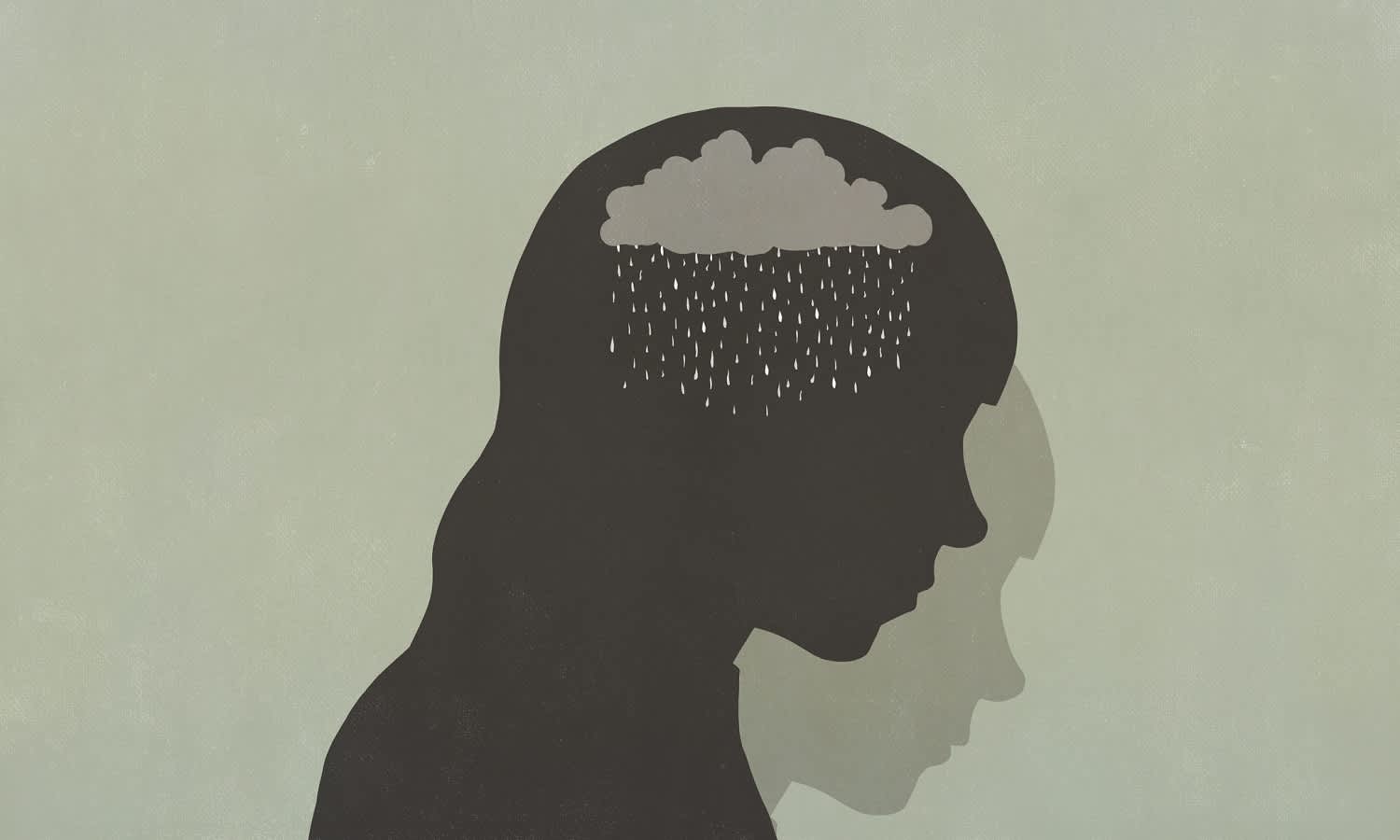Like many other disorders, you might’ve heard of Seasonal Affective Disorder (SAD), but don’t quite know its specifics. When are you at most risk of getting it, and what are its effects?
For background, Seasonal Affective Disorder is a subtype of depression, meaning a lot of its symptoms are similar to clinical depression, explains Mary Spillane, clinical psychologist and mental health expert for Headspace App. What makes it different from other types of depression is its diagnostic criteria.
“For a person to be diagnosed with Seasonal Affective Disorder, they would need to experience symptoms for at least two years during a specific time of year — for example, winter — and those symptoms would need to be significantly worse during other times of the year — for example, summer,” says Spillane.

In other words, SAD has a seasonal pattern, and usually begins and ends during a specific season every year for at least two years. Interestingly, though it does occur most frequently in winter, SAD can also show up in summer. Its symptoms include low mood, reduced energy, tearfulness, decreased activity levels, withdrawal from social situations, and sleeping too much.
If you think you might suffer from SAD, ahead, Spillane suggests five ways to combat it and help to make yourself feel better.
Do Talk Therapy
First up is to consider working with a psychologist or psychiatrist, which, if you have Medicare, can be partially or completely covered if you qualify for the government’s Mental Health Treatment Plan.
“Experiencing difficulty with mood and emotions can be confusing, and impact many areas of life,” says Spillane.
“Psychologists and psychiatrists are trained in helping you to better understand what is going on for you, to process your feelings and thoughts, and develop strategies to assist you in the short and long term,” she says.
Meditate
When we experience difficult emotions and feelings, they can feel overwhelming, so our natural tendency is to try and avoid, numb, judge or resist what we’re feeling, Spillane says.
“This can lead to an exacerbation in those difficult emotions, creating more issues, and making us more reactive to what is happening around us,” she says. “Mindfulness meditation can help you to better sit with some of those uncomfortable emotions and reduce stress and anxiety. The Headspace App has mindfulness meditation courses that are specifically designed to help you to better manage difficult or strong emotions.”
Expose Yourself to Sunlight
Next up: get more sun – within reason, of course, and always with sunblock on.
“Research has indicated that lack of exposure to natural light can lead to symptoms of depression,” says Spillane. “In the cold and wet months of winter, we are less likely to go outside which naturally reduces our exposure to daylight.”
Spillane suggests trying to get outside each day, which will benefit your Vitamin D levels. She notes, however, that too much sun exposure can be harmful, so it’s important to speak to your doctor if you’re unsure about how much you need.
Exercise
Another proactive approach to combatting SAD? Moving your body.
“Research has indicated that when we exercise, we get an increase in endorphins which is a naturally occurring chemical that helps to lift mood,” says Spillane. “We also know that exercise can help to regulate sleep and energy levels, help reduce anxiety, and improve our overall sense of wellbeing.”
Go on Anti-Depressants (Only If Needed)
Finally, if you’ve tried all of the above and not seen much of a difference to your symptoms, you might want to consider going on anti-depressants — though, only “after speaking with your GP or a psychiatrist who can properly assess and treat you,” says Spillane.
Read more stories from The Latch and subscribe to our email newsletter.







